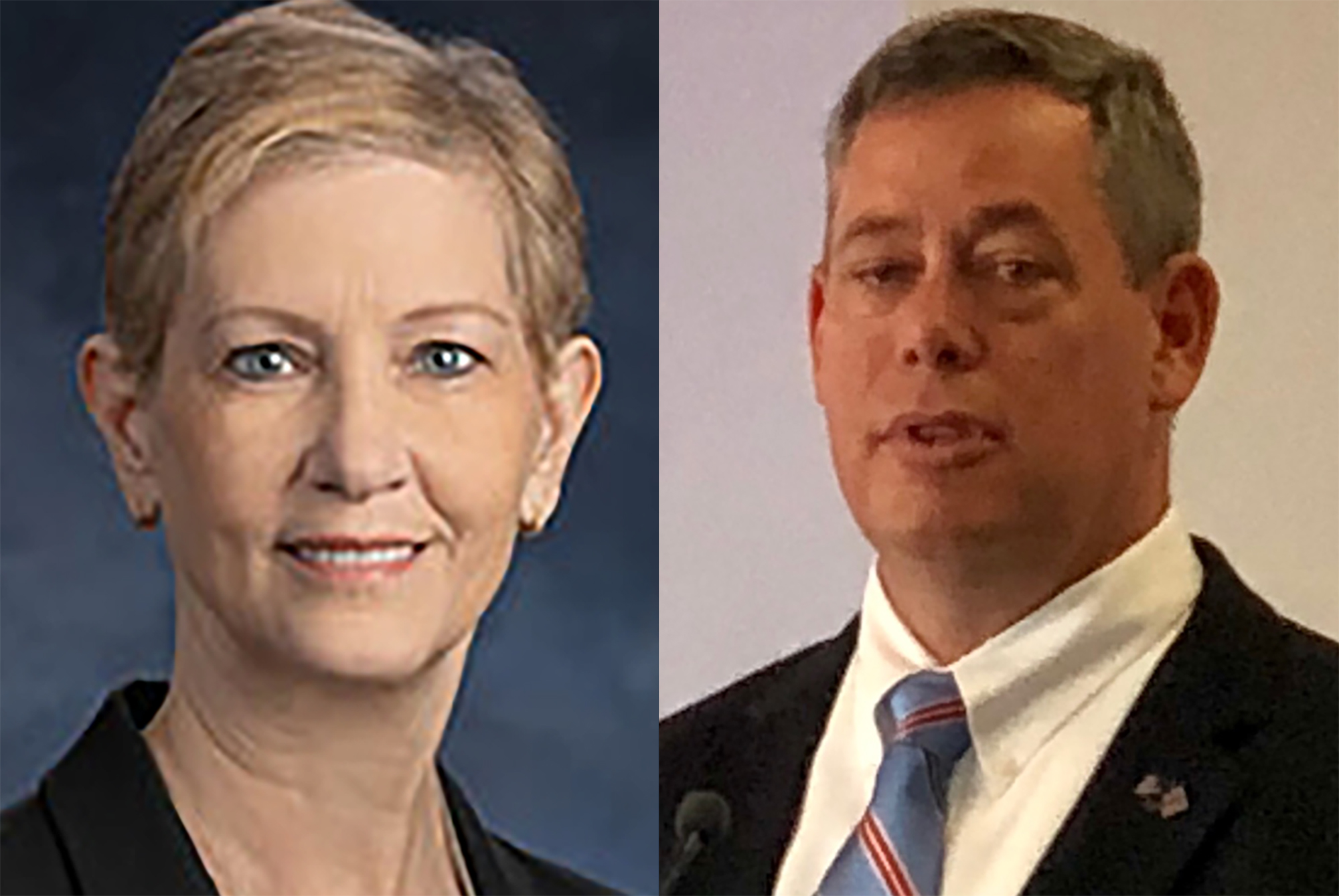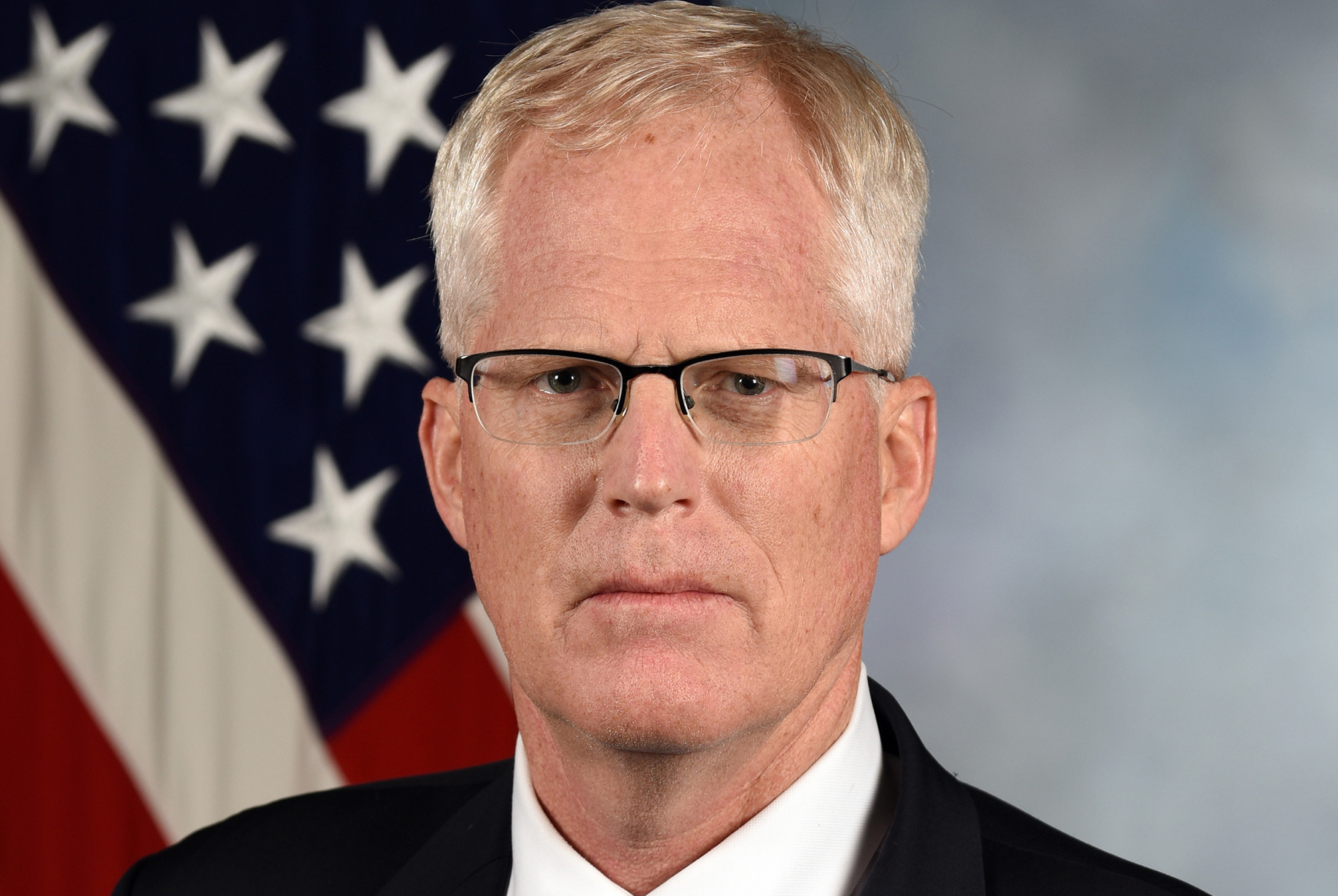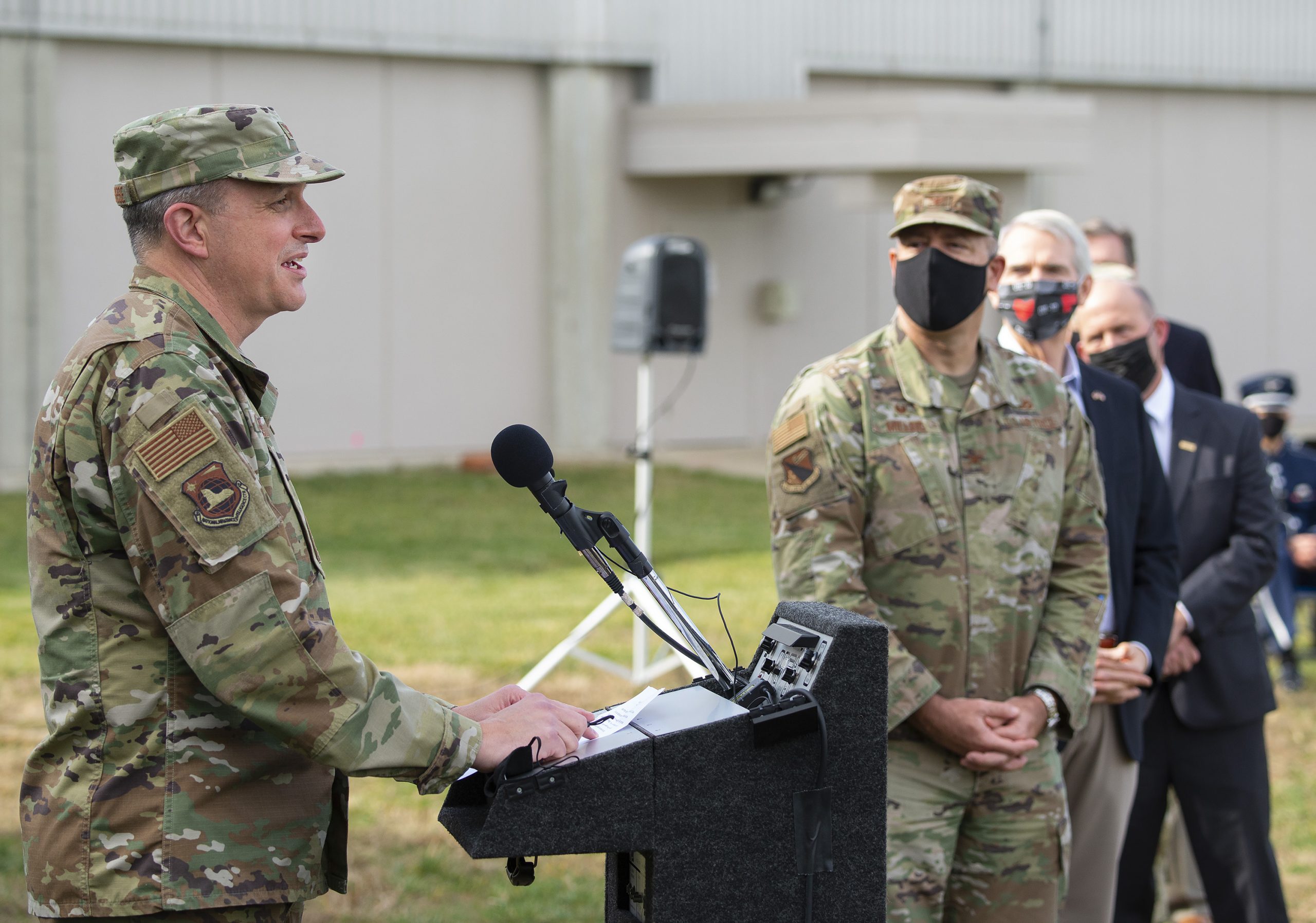Michele A. Evans, Lockheed Martin’s executive vice president for aeronautics, is taking an extended medical leave, a company spokesman reported Nov. 17. Greg Ulmer, Lockheed’s F-35 vice president and program manager, will serve in her place starting Dec. 1 for the duration of her absence, the spokesman said.
Evans was “diagnosed last year with a non-COVID related medical issue and continues to undergo treatment. Her condition is treatable, and a full recovery is expected,” the spokesman said.
Ulmer will “serve as her delegate and acting aeronautics executive vice president, working in partnership with the entire aeronautics executive leadership team.” He will continue to also serve as the F-35 program manager.
In addition to the F-35, Evans oversees the C-5, C-130, F-16, F-22, U-2, and Sikorsky helicopter products, among others, as well as the Next-Generation Air Dominance effort, a partnership with Airbus on future refueling aircraft competitions, the “Skunk Works” advanced products division, and some of Lockheed’s hypersonic air vehicle projects.








